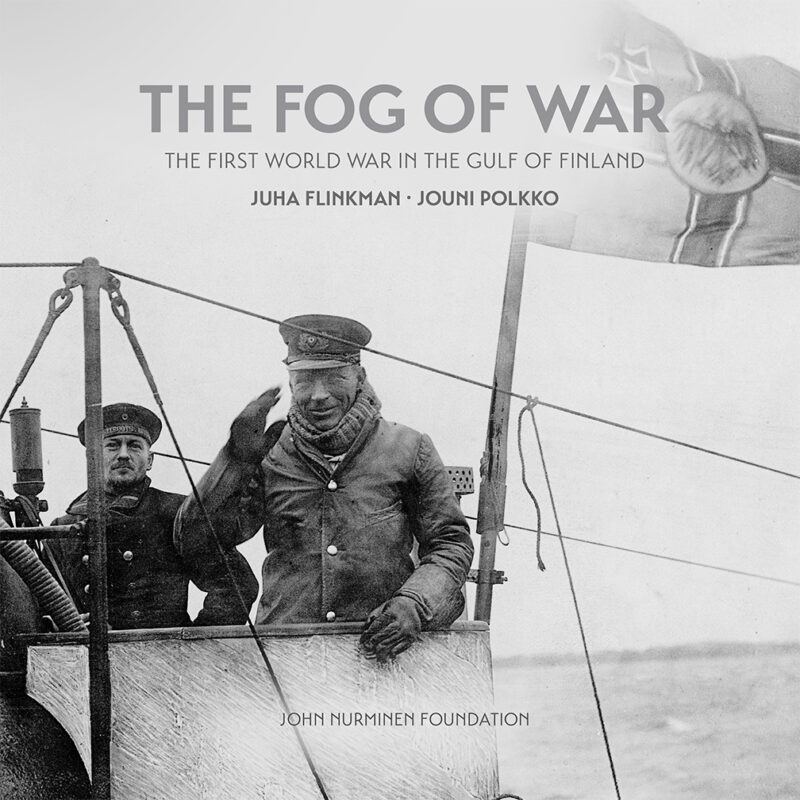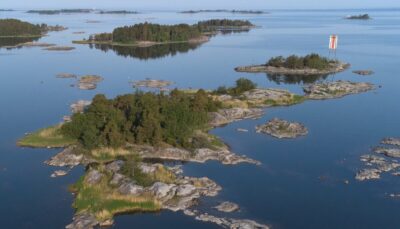New Book Reveals: Damages of the War Are Still Visible in the Baltic Sea

Requests for interviews and review copies
Russia’s attack in Ukraine reminds us of the events that led to World Wars, and highlights the strategic importance the Baltic Sea continues to have even today. The Fog of War, a new book by Juha Flinkman and Jouni Polkko, explores events during WWI, the strategic position of the Baltic Sea, and the stories of ships that ended their journeys at the bottom of the Sea.
“It is, in a sad way, good timing to release this book now. Russia’s attack in Ukraine brings to mind the times and events that led to the two World Wars”, says author Juha Flinkman.
Recent tensions between Russia and the West have highlighted the Baltic Sea’s importance for security policy. The marine area had major strategic importance also in WWI.
“Russia wanted to protect the Gulf of Finland so that the Germans would not be able to execute landings on the Finnish coastline. Even though the Russian navy was effective in protecting the Gulfs of Riga and Finland, its naval warfare leadership was passive and avoided taking risks. The Germans, on the other hand, attacked actively, resulting in greater losses”, explains Flinkman.
The most important role of Russia’s Baltic Sea fleet was to confine Germany’s naval units to the Baltic Sea, thus preventing their use against Great Britain in the North Sea.
“Few know what happened in the Gulf of Finland during the battles of WWI. Our goal is to make the general public aware of what took place at sea in 1914 – 1918”, says Flinkman.

Wrecks can remain in the Baltic Sea for centuries
The narrative in The Fog of War advances on multiple levels, moving ahead in parallel with events that are approximately one hundred years apart. The authors, who have conducted thorough archival and literature research for several years, shed light on the dramatic turns of events during the war. A second narrative features the underwater expeditions of Flinkman, Polkko, and the Badewanne diving team, spanning 30 years and reaching the shipwrecks that await in the depths, almost 100 metres from the surface.
The stories of the shipwrecks are illuminated with underwater photography, which, together with archival photos of ships, submarines and personnel dating back to WWI, bring historical moments to life.
An estimated 10,000 shipwrecks lie in the Baltic Sea, and many of the vessels have rested at the bottom of the Sea for centuries. The low salinity and oxygen levels of the Baltic Sea slow down decay, such as rust build-up, in the shipwrecks. Due to the conditions in the Baltic Sea, there are no organisms like shipworms that are common in oceans, consuming wood and other materials.
“The enormous number of the wrecks is also explained by the fact that the Gulf of Finland is shallow throughout, and is easy to lay mines in. During both World Wars, it has been the most densely mined marine area on our planet. Many vessels found their final resting place after hitting a mine in the Baltic Sea”, says Flinkman.
Rebuilding after the war does not reach the depths of the Sea: the battlefield, with its wrecks, is frozen in time at the bottom of the Baltic Sea. The book gives the reader an opportunity to peek into this underwater museum.

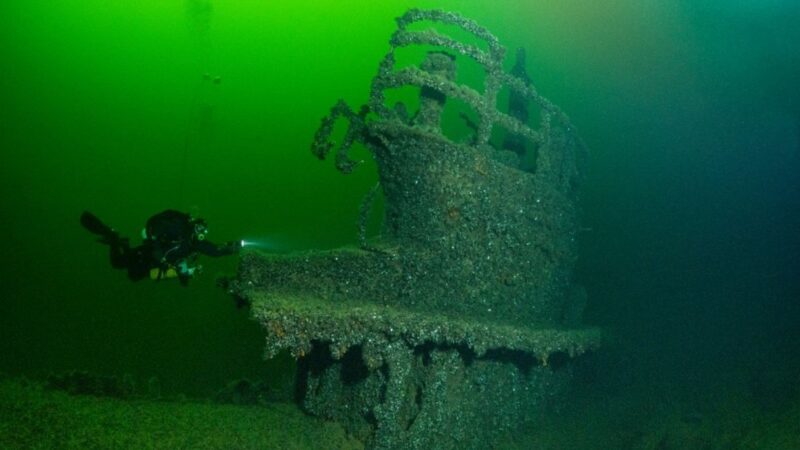
Further information
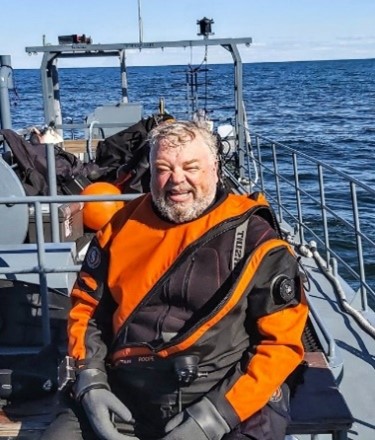
Juha ”Roope” Flinkman, PhD, is a marine biologist, mixed gas diver and scientific diver. Previously a zooplankton researcher at the Finnish Institute of Marine Research, he has worked for the past 15 years as a development manager at the Finnish Environment Institute’s (Syke) Marine Research Centre, with the main task of managing and developing marine research methodology and technology related to research vessels. He has been responsible for scientific diving and related development projects at the University of Helsinki’s Tvärminne Zoological Station, the Finnish Institute of Marine Research, and the Finnish Environment Institute (Syke). He has been diving for about 40 years.
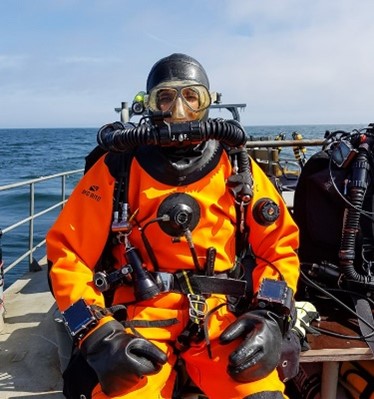
Jouni Polkko has worked for over 30 years as a senior researcher at the Finnish Meteorological Institute in planetary and space research projects, participating in space instrument design, construction, testing, and scientific use in international research projects. He has been active in diving and shipwreck research for over 35 years.
Badewanne is a non-profit organisation whose volunteer divers have documented shipwrecks in the Gulf of Finland for more than 20 years.
The Fog of War – The First World War in the Gulf of Finland
Text: Juha Flinkman, Jouni Polkko
Images: Jouni Polkko
Publisher: John Nurmisen Säätiö, 2024
Pages: 320 pages, approximately 200 images
Published: 20 August 2024
RRP: €49.90 (including 10% VAT)
The book can be purchased from the John Nurminen Foundation online store.
The English translation of the book was made possible by the support of the Weisell Foundation. On 20 August 2024, the book is published also in Finnish with the title Sodan sumua – ensimmäinen maailmansota Suomenlahdella.
The Fog of War exhibition
On 20 August, the John Nurminen Foundation will launch an online exhibition, based on the book The Fog of War, in the Digimuseo service. This free exhibition is available in English and Finnish.
